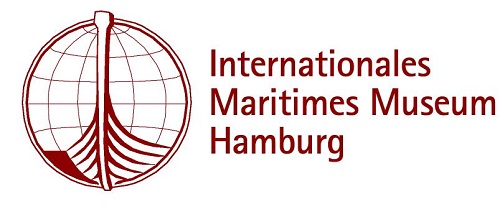
The crude oil tanker HS Tosca (2004). This impressive 1:100 scale model, built by Samsung, was owned by Hansa Shipping. The company donated it to the museum, and it stands as an example of an Aframax tanker in our exhibition on the offshore industry on deck 7 of the museum.
Bigger is not always better. This is also the case with crude oil tankers. The VLCC (Very Large Crude Carriers) and the even larger ULCC (Ultra Large Crude Carriers) have a huge cargo capacity, but their size makes it impossible for them to operate in certain areas. Most ports cannot be accessed by these „supertankers“. At lengths between 300 and over 400 meters, a size of over 200,000 DWT for VLCCs and over 300,000 DWT for ULCCs, these vessels have a draught that would strand them in most coastal areas. Most ULCCs were built in the 1970s to be able to transport more crude oil on the longer routes due to the closure of the Suez Canal. To date, most of these ships have either been scrapped or found other uses, such as floating warehouses. Among the better known „supertankers“ are the so-called Suezmax tankers. With a length of just under 300 meters and a width of 50 meters, these ships are the largest tankers to be permitted to pass through the Suez Canal when fully loaded. By the way: The Suez Canal has been expanded several times since its inauguration in 1869. Since the 2010 expansion, ships with a draught of up to 20 meters can pass through the canal. This corresponds to about 61 % of the tankers in operation worldwide.
The example from the photo shows the HS „Tosca“, a large Aframax tanker. The name „Aframax“ is a reference to the term AFRA (Average Freight Rate Assessment), which was defined by Shell Oil in 1954. Aframax vessels have a capacity of between 80,000 and 120,000 DWT and a length of less than 250 meters. This allows them to call at most of the world’s larger ports.
The crude oil tanker HS „Tosca“ was built in 2004 at the Samsung Shipbuilding & Heavy Industries shipyard on Geoje Island, South Korea. The ship has a total length of almost 250 meters, is nearly 44 meters wide and has a capacity of 115,000 DWT. The original owner was the Hansa Shipping GmbH & Co., Hamburg. The ship was sold in 2018 to Heidmar Inc. in Glyfada, Greece, and renamed „Carlton“.
